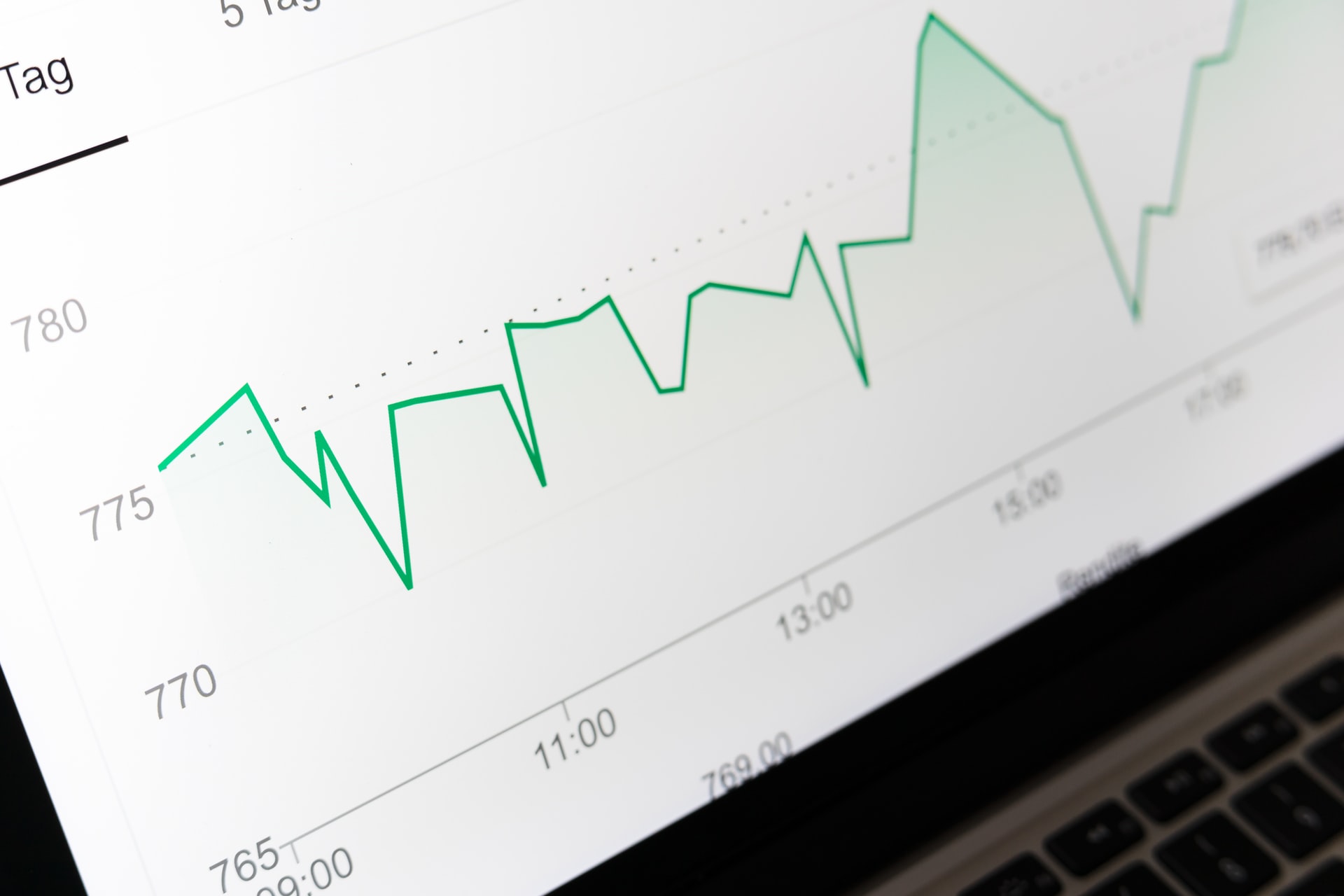A programming language is an important tool in data science. Sometimes, it is the problem itself that determines which programming language you should use.
If you have to choose which language you should implement the research, you have to know the possibilities for each programming language.
This article provides a list of the best programming languages for data science, with their pros and cons, so you can make the right decision.
Python
Python is the most known programming language for data science, and it has a reason why: due to its wide range of uses. Python is the best for machine learning, deep learning, and artificial intelligence.
The main reason to learn Python for Data Science is its powerful libraries, such as Matplotlib, NumPy, Pandas, TensorFlow, Scikit-learn, Keras, and many more.
You can easily clean your data using libraries like Pandas and transform it into the format you need. With TensorFlow, you can do serious Machine learning and create a powerful model.
Python offers solutions for crucial tasks in data science, such as data collection, analysis, and visualization.
The large community of Python programmers is another reason to learn Python. There will be someone to help you in solving the problem.
Pros: The libraries. You will always find a library that works exactly for your problem. All you need to know is how to import it, and you are done.
The developer community is also a huge help in problem-solving.
Cons: The biggest complaint about Python is the speed at which it runs. Python is relatively slow compared to other programming languages.
R
R is one of the most popular languages used in data science. It is very easy to learn and creates a user-friendly environment for statistics and data visualization.
These are why so many scientists choose R for data science, big data, and machine learning.
R can handle large and complex data sets. It is compelling when performing statistical operations.
Pros: R has numerous advantages. It is open-source. It offers multiple packages for data analysis and visualizations, for building high-quality graphics, and for various machine learning operations.
Cons: The biggest downside of using R is security. R lacks basic security, and an application written in R cannot be a web application.
Javascript
JavaScript is the most popular language and is the most used for web development. Interactive pages create a friendly environment for building data visualizations.
This is why we list JavaScrips among the programming languages for data science.
JavaScript excels at data visualization. Libraries such as D3.js, Chart.js, Plotly.js, and others make powerful data visualization and dashboards easy to build.
Another tool to consider in JavaScript is Tensorflow.js. This tool brings machine learning to JavaScript developers, both in the browser and on the server.
Pros: JavaScript is amazing for creating visualizations, which can be very helpful when working with big data.
Cons: Unfortunately, JavaScript doesn’t have the range of data science packages with built-in functionality compared to some of the more popular data science languages.
SQL
SQL is the language that handles structured data. For this reason, it has become a very practical resource for data science.
A database is an important component in data science, and therefore, a database language such as SQL is necessary. Every data scientist who deals with queries and relational databases should know SQL.
Pros: SQL is a non-procedural language. This makes SQL much easier because you don’t have to be a programmer to write SQL queries.
Cons: SQL has not a user-friendly interface. Therefore, many researchers find it confusing and try other options.
Matlab
MATLAB is a powerful tool for mathematical and statistical computing. It allows the implementation of algorithms and the creation of user interfaces.
MATLAB easily generates graphical representations due to its built-in graphics for creating data plots and visualization.
MATLAB is the favorite programming language of mathematicians because it is widely used in academia for teaching linear algebra and numerical analysis.
Pros: MATLAB offers a huge library of predefined functions that provide tested and prepackaged solutions to many primary technical tasks.
Cons: It is also not free and can be a costly program to use compared to a traditional compiler.

